Down Syndrome Baby Neck
Down syndrome baby neck. The neck problems some children and adults with Down syndrome have are due to what is called atlantoaxial subluxation AAI. To detect the chance of down syndrome the 2 types of tests are combined based on the mothers age. Hypotoniaeffects every muscle from the neck abs and even the mouth.
But many babies with Downs syndrome have an increased amount. This measures the thickness of the back of the babys neck specifically to check for Downs syndrome. This condition is found not only in patients who have Down syndrome but also in.
Compression may lead to reduced muscle coordination numbness and weakness. A blood test of the mother is also done. The vast majority of people who have Downs syndrome do not have symptoms of neck instability.
All unborn babies have some fluid at the back of their neck. This scan measures a tiny bit of fluid located behind the babys neck known as nuchal translucency. In a baby with Down syndrome or other genetic disorders there is more fluid than normal.
Nuchal translucency is a collection of fluid under the skin at the back of your babys neck. The chart as per National Downs Syndrome Society NDSS can be described as follows. This soft marker has a higher correlation to Down syndrome than any other.
It is not necessarily muscle weakness but a decrease in tone. One soft marker that might have shown up on the first-trimester NT screening which is always performed between weeks 10 and 13 is nuchal-fold thickening where the area at the back of a babys neck accumulates fluid causing it to appear thicker than usual. The neck thickening isnt just a marker for Downs - it can reflect an increased risk of chromosomal abnormality more generally but youve ruled that out it can reflect an increased risk of heart abnormalities but not that much bigger a risk and youll be able to rule this out at your level II ultrasound or it could mean absolutely nothing.
All developing babies have some fluid at the back of their neck. AAI involves increased mobility at the joint where the first cervical vertebrae meets the second the atlantoaxial joint.
This measures the thickness of the back of the babys neck specifically to check for Downs syndrome.
Nuchal translucency is a collection of fluid under the skin at the back of your babys neck. One soft marker that might have shown up on the first-trimester NT screening which is always performed between weeks 10 and 13 is nuchal-fold thickening where the area at the back of a babys neck accumulates fluid causing it to appear thicker than usual. Hypotoniaeffects every muscle from the neck abs and even the mouth. AAI involves increased mobility at the joint where the first cervical vertebrae meets the second the atlantoaxial joint. The neck thickening isnt just a marker for Downs - it can reflect an increased risk of chromosomal abnormality more generally but youve ruled that out it can reflect an increased risk of heart abnormalities but not that much bigger a risk and youll be able to rule this out at your level II ultrasound or it could mean absolutely nothing. It is a relatively new test that is not routinely available on. The neck problems some children and adults with Down syndrome have are due to what is called atlantoaxial subluxation AAI. A blood test of the mother is also done. Usually taken between 12- and 13-weeks during pregnancy.
But many babies with Downs syndrome have an increased amount. This condition is found not only in patients who have Down syndrome but also in. Women pregnant at 30 have a 1 in 1000 chance of giving birth to a baby with Downs syndrome Women pregnant at 35 have a 1 in 400 chance of giving birth to a baby with Downs syndrome. It happens because the egg that is released at conception has an extra copy of chromosome 21 and this in turn leads to every cell in the baby. A sample of the mothers blood an evaluation of the babys nasal bone and a consultation of the nuchal translucency thickness all combine to let the parents know their childs chances of having Down syndrome. This can potentially cause spinal cord compression in which the small bones in the neck vertebrae press on the spinal cord. The chart as per National Downs Syndrome Society NDSS can be described as follows.

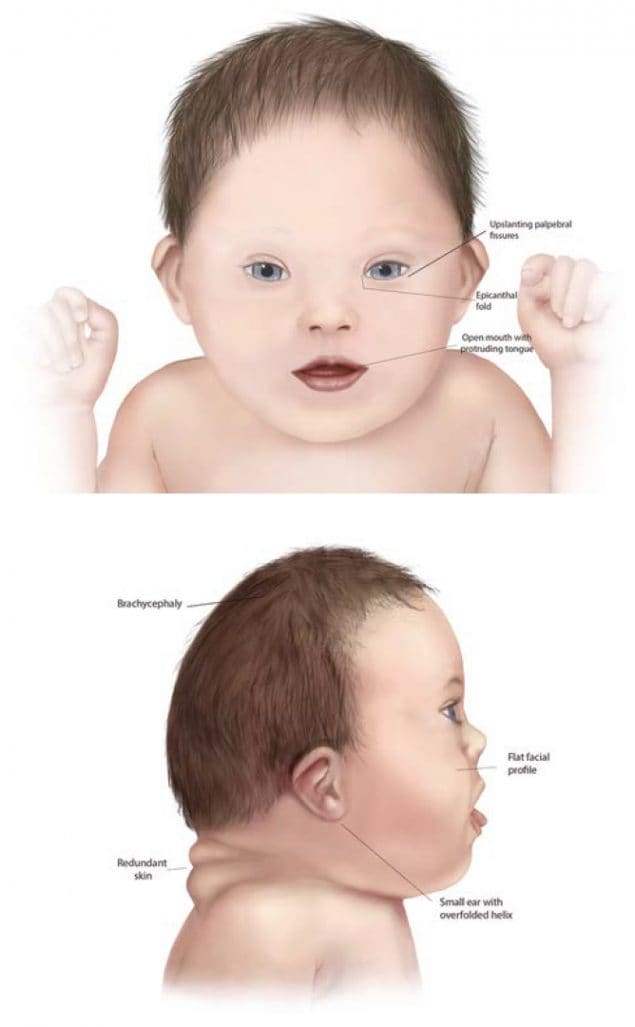




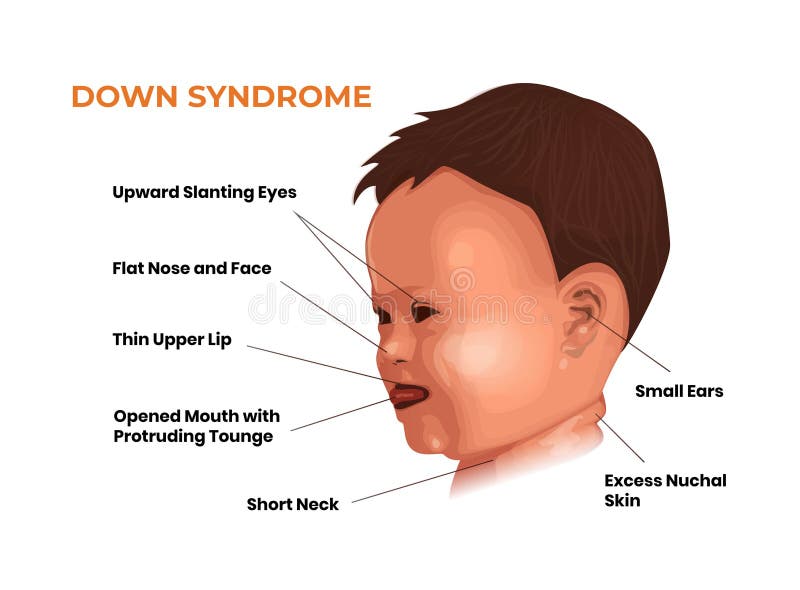



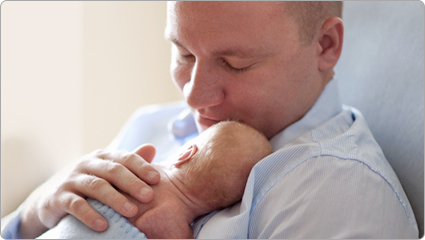
/down-syndrome-symptoms-5b48ed4c46e0fb0054c53622.png)






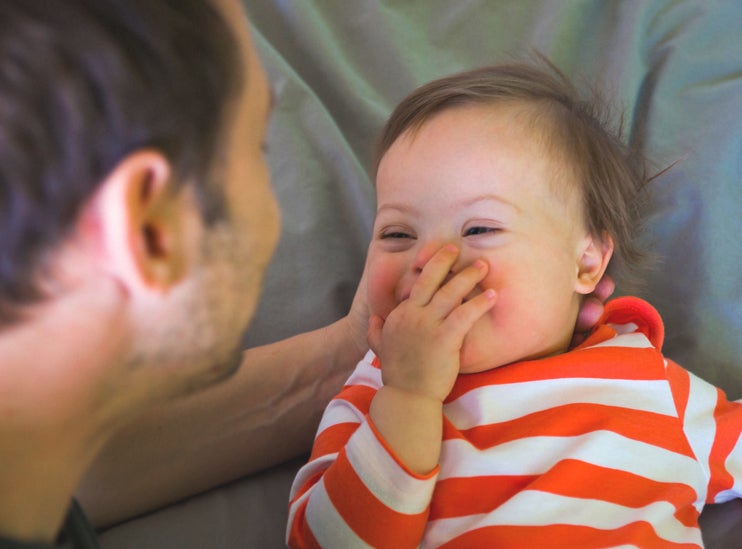







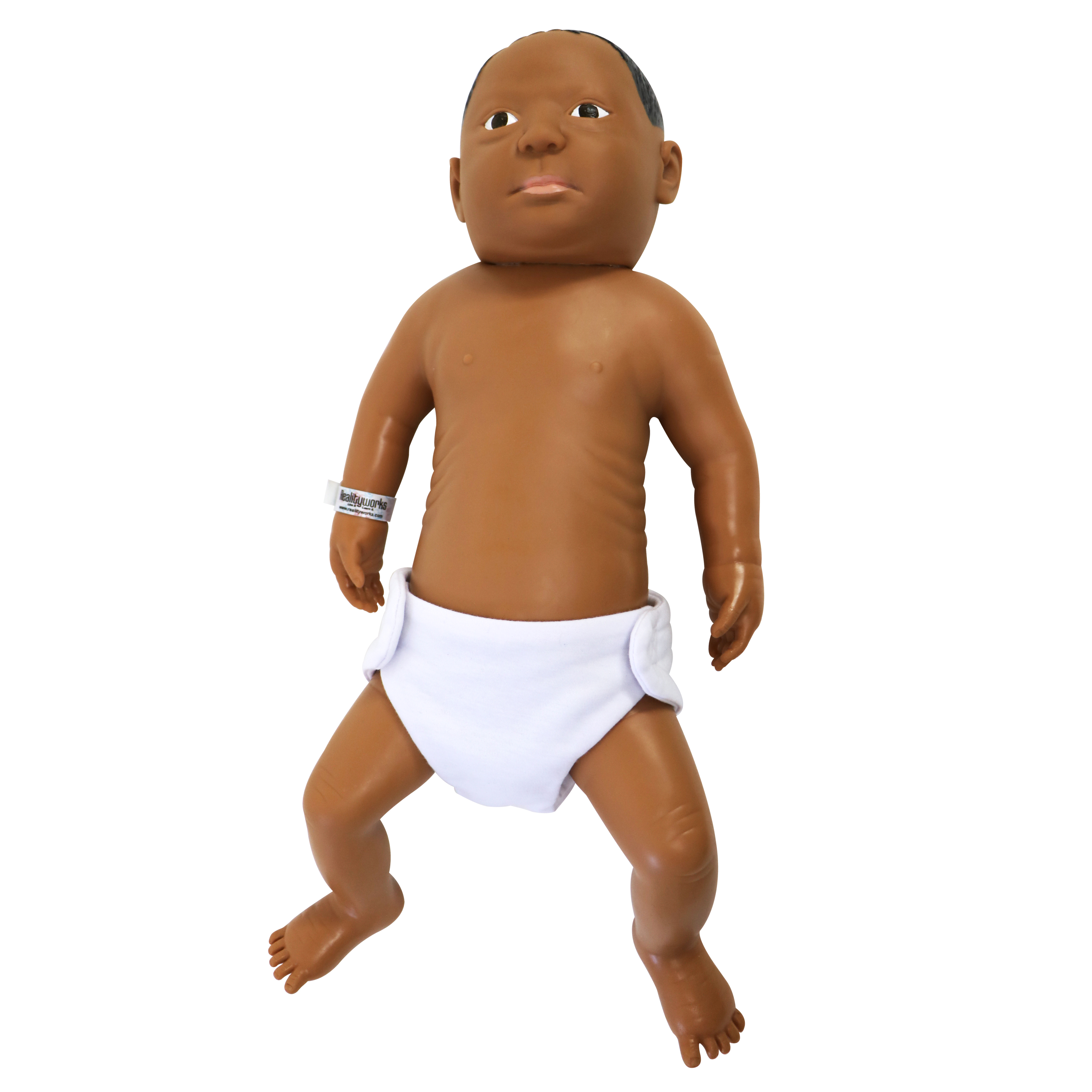


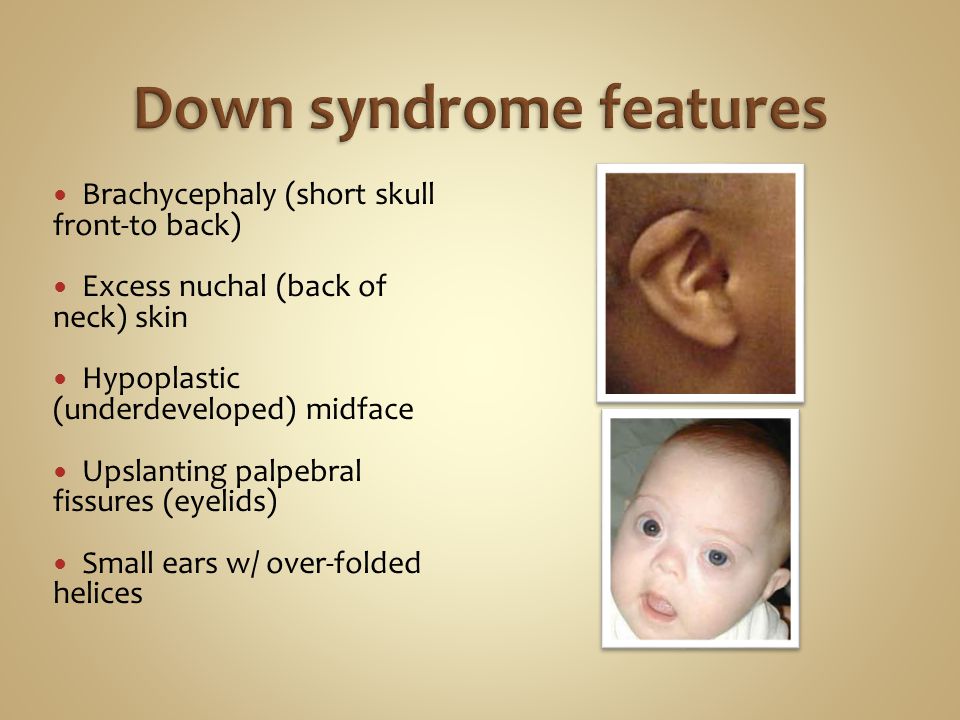
/Getty-Down-Syndrome-56a5b7845f9b58b7d0de19f4.jpg)












Post a Comment for "Down Syndrome Baby Neck"